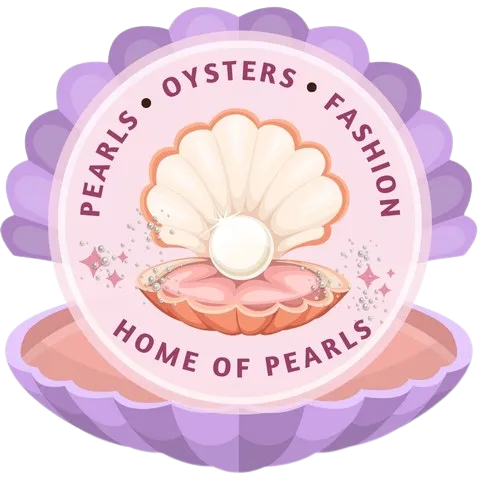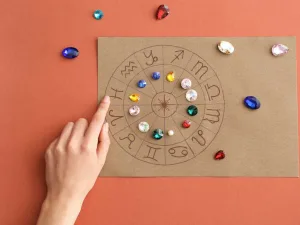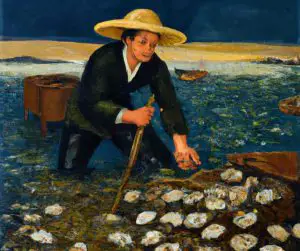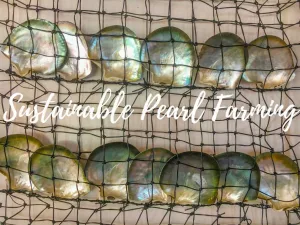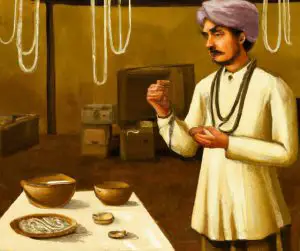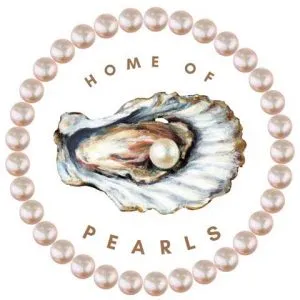Introduction
A pearl is the only gem that is formed inside a living organism. It is formed when cells lining the mantle tissue of a mollusk, produce and deposit nacre around a nucleus.
The process is very much similar to the process by which mollusks from their outer shell protection. This natural nacre is composed primarily of calcium carbonate.
Pearl production is an involved process that can take several years from start to finish. In this article, we’ll take a look at the different phases of pearl production and what happens during each step along the way.
Table of Contents
Oyster Selection
Oyster selection is an important part of the pearl production process. There are two sources of mollusk stock :
1) From either adult or juveline mollusks growing freely in the wild. This type of mollusks is quite abundant in Australia and the French Polynesian islands.
2) Alternatively, juveniles grown in dedicated hatcheries. It takes at least 18 months for these pearl oyster larvae to grow to an appreciable adult oyster sufficient for pearl production. Freshwater mussels tend to be faster growing than pearl oysters and reach an appreciable size sufficient for pearl production, within a year. Oysters are selected based on quality and size, and tagged for preparation in the next step of their journey.
It all starts with a selection process. Oysters that are found to be of the highest quality are selected to help produce pearls. The oysters are then tagged and prepared for the next step in the process.
Nucleus Implantation
A tiny piece of mantle tissue from a donor oyster is harvested for this stage. This graft or “saibo” in Japanese is typically 3x3mm in size is implanted along with a spherical polished shell-bead (known as nucleus) is then placed in the gonad of the host oyster.
In order to reduce oyster stress and the chance of rejection or death, some farmers may employ “conditioning” prior to true implantation. Indeed, the success of the process is very much dependent on various factors:
- The size and thus age of the oysters
- The size of the selected nucleus (the pre-selected shell which has been polished into a spherical bead)
- The selected grafting method
Nurturing
After implantation, these oysters/mussels are transferred to a resting zone for at least two weeks. This period of acclimatization is required to reduce nucleus rejection or at worst, oyster death.
The next phase of the process involves placing the oysters in an environment conducive to their growth so that they can produce pearls.
For example, oysters used for freshwater pearls may be placed in freshwater ponds where water temperature and other conditions are carefully maintained to ensure optimum pearl growth.
For saltwater pearls, this usually takes place in an ocean where currents and other environmental factors ensure a higher chance of success.
Saltwater pearls are typically submerged to a depth of 2 to 3 meters. Furthermore, the optimal temperature for pearl production also differs by the nature of the oyster.

For P. maxima, for example, the first nacre is secreted around the nucles within one and half months of implantation. The process occurs within a third of the time (about 14 days) in P. margaritifera.
It may take anywhere from 1 to 5 years for freshwater pearls to reach maturity and be ready for market.
In addition to providing appropriate conditions to allow their bodies to produce a pearl, cultured pearls also need regular cleaning by humans—an aspect of culturing that is not necessary with natural pearls.
Harvesting
After the pearl has formed, it must be harvested. This process is delicate, as you can imagine. The oyster’s shell can’t be opened until its body has properly absorbed the nacre around it and there isn’t any risk of rupture during the removal process.
In addition to being careful not to damage the nacre, oyster farmers also need to make sure that each pearl is handled properly throughout this process so that they don’t lose any pieces or damage their luster.
During the colder months of the year, nacre production slows down substantially. This reduced rate of production of nacre results in a pearl surface that has more details, luster and smoothness compared to pears harvested during warmer months of the year.
The location of the pearls vary, based on the type of mollusk. For example, south sea pearls grow a single pearl in their gonad tissue (sexual organs), while freshwater pearls may have up to 20 grafts in each mantle lobe. Thus freshwater pearls produce a higher yield than salt water pearls.
Pearl processing

Pearl processing is the final phase of production. Over 90% of cultured pearls vary significantly in color and possess various surface blemishes making them unsuitable for the ready market without additional processing. Various techniques including screening, selection, decontamination, degreasing, bleaching, whitening and coloring processes are adopted by manufacturers to make them ready for market.
Conclusion
The process of pearl production is a fascinating one, and it’s important to know that each step plays an important role in creating a beautiful piece of jewelry or accessory.
From selecting the perfect oyster to harvesting its pearls, we hope this article has helped you better understand what goes into making your favorite accessories.
